Aircraft leasing funds aren’t ready for take-off
There could still be some upside for aircraft-leasing funds, but there’s a lot of uncertainty, says David Stevenson.
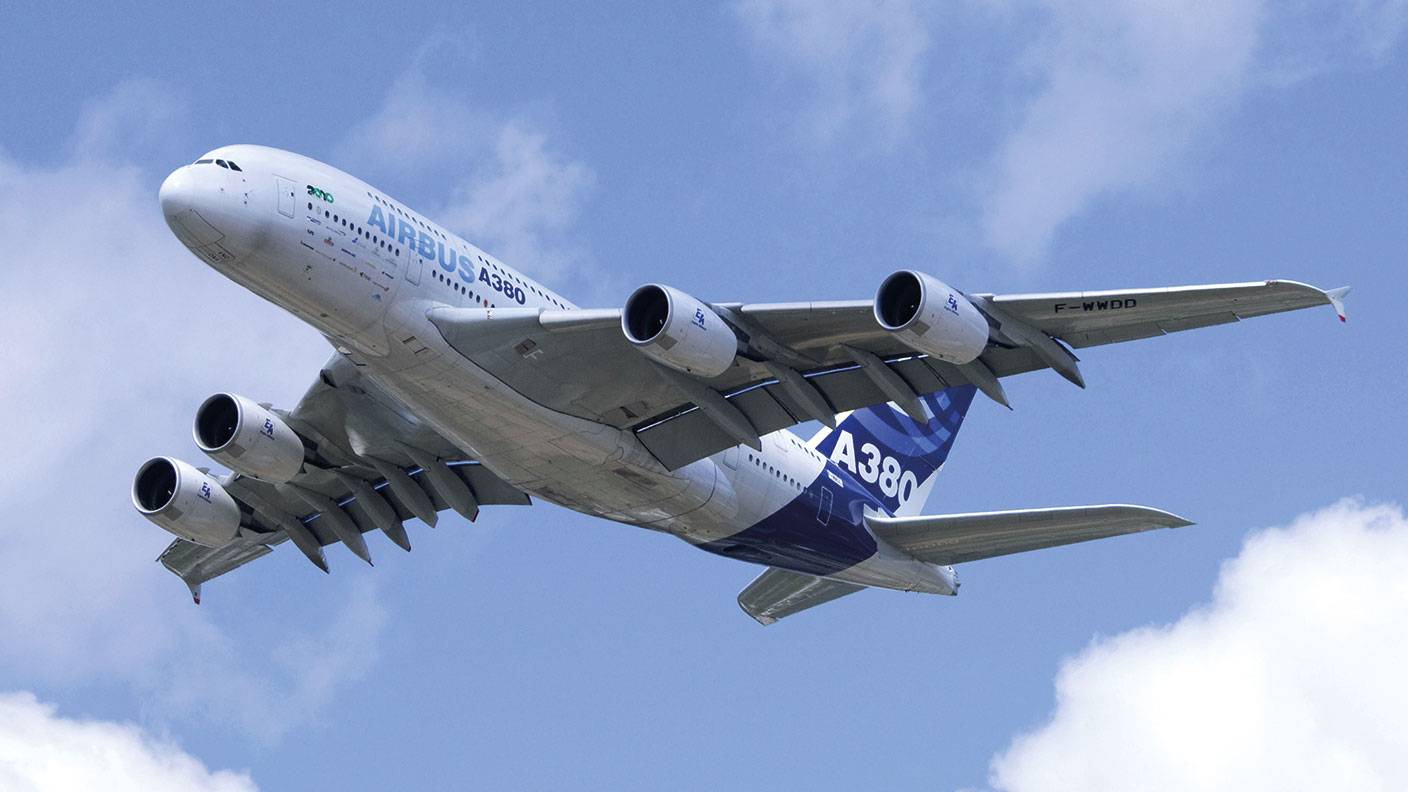

Doric Nimrod Air One launched back in 2010. The idea behind the aircraft-leasing fund was to buy an Airbus A380 and lease it to Emirates for an initial term of 12 years. That lease and the resulting lease payments would help fund a wedge of debt (initially $122m) plus equity that paid a dividend of 9p a year.
At the end of the lease it was reasonable to assume the plane might undergo some renewal and then be leased out again. Aircraft-leasing funds seemed compelling options for specialist income investors. Doric Nimrod Two and Three duly followed, with the same structure but more aircraft. Amadeo Air Four Plus was a similar fund with a slightly different structure and different planes.
The pandemic’s effect
Then the coronavirus hit. Demand for global travel collapsed, and suddenly the entire point of huge super planes such as the A380 was called into question. Airbus eventually decided to stop building them and what little demand there was collapsed. Airlines continue to fly them, but if you own an A380 that is coming out of lease, everything has changed. Pre-pandemic there was a reasonable expectation that at the end of the lease term these planes might have residual value. But while specialist appraisers might be able to estimate the residual value of a plane as it drops out of lease, market prices are needed to get a true gauge. The difference between the appraised and market residual value is the key issue in the valuation of these aircraft-leasing funds.
MoneyWeek
Subscribe to MoneyWeek today and get your first six magazine issues absolutely FREE

Sign up to Money Morning
Don't miss the latest investment and personal finances news, market analysis, plus money-saving tips with our free twice-daily newsletter
Don't miss the latest investment and personal finances news, market analysis, plus money-saving tips with our free twice-daily newsletter
Roughly speaking, the funds are already talking about a 75% cut to the last appraisal (as of March 2021), which implies a residual value of roughly $45m per plane. But the current share prices of the Nimrod funds suggest a true value closer to $12m per plane, down around 90%. Even that may be too high if they have to be sold for parts or scrap metal.
That said, things have become slightly clearer in recent weeks. Emirates has told Doric Nimrod Air Two that it will exercise its option to re-deliver a plane in “half-life” return condition (as opposed to “fulllife” – which is the equivalent of a plane that has just had a full service). Emirates will pay the fund an extra $12m at lease expiry should it choose to return the aircraft early.
This provides at least one anchor for that $12m residual value, and the fund continues to get the lease payments until the end of the contract. There might even be some upside to the planes if and when they are sold for parts. If the market is right and the planes are worth $12m, the funds could prove to be a good deal, reckons Matt Hose at Jefferies.
If they wind up around 2024, having paid off their debts and worked out what to do with the planes, then the internal rate of return (before costs) could be roughly 18% a year over the next few years. Amadeo Air Four Plus was always more complicated.
It launched later than the Nimrod funds and has a mixed portfolio of plane types. It has had to renegotiate deals with its airlines, probably at reduced rates. But it’s sitting on more than £100m in cash from earlier deals and is reinstating its quarterly dividend at 1.25p per share, a target yield of 16.9%. There’s less disclosure on the underlying financials but that dividend looks fairly secure.
Not worth the hassle
Complex financial engineering involving expensive leased assets producing a regular income sounds attractive until events change the landscape. On top of the pandemic many private equity-based aircraft funds now have to cope with the Ukraine invasion, with planes leased to Russian airlines stuck on the tarmac.
And it’s all very well having a financial plan that depends on an asset having residual value in years to come, but how can you know what its value will be? In short, these asset-backed structures may be too complex and have too many working parts for most investors.
Get the latest financial news, insights and expert analysis from our award-winning MoneyWeek team, to help you understand what really matters when it comes to your finances.

David Stevenson has been writing the Financial Times Adventurous Investor column for nearly 15 years and is also a regular columnist for Citywire.
He writes his own widely read Adventurous Investor SubStack newsletter at davidstevenson.substack.com
David has also had a successful career as a media entrepreneur setting up the big European fintech news and event outfit www.altfi.com as well as www.etfstream.com in the asset management space.
Before that, he was a founding partner in the Rocket Science Group, a successful corporate comms business.
David has also written a number of books on investing, funds, ETFs, and stock picking and is currently a non-executive director on a number of stockmarket-listed funds including Gresham House Energy Storage and the Aurora Investment Trust.
In what remains of his spare time he is a presiding justice on the Southampton magistrates bench.
-
 300,000 remote workers to miss out on working from home tax relief
300,000 remote workers to miss out on working from home tax reliefThousands of workers forced to work from home will no longer benefit from the working from home tax relief next year. How will it affect you?
-
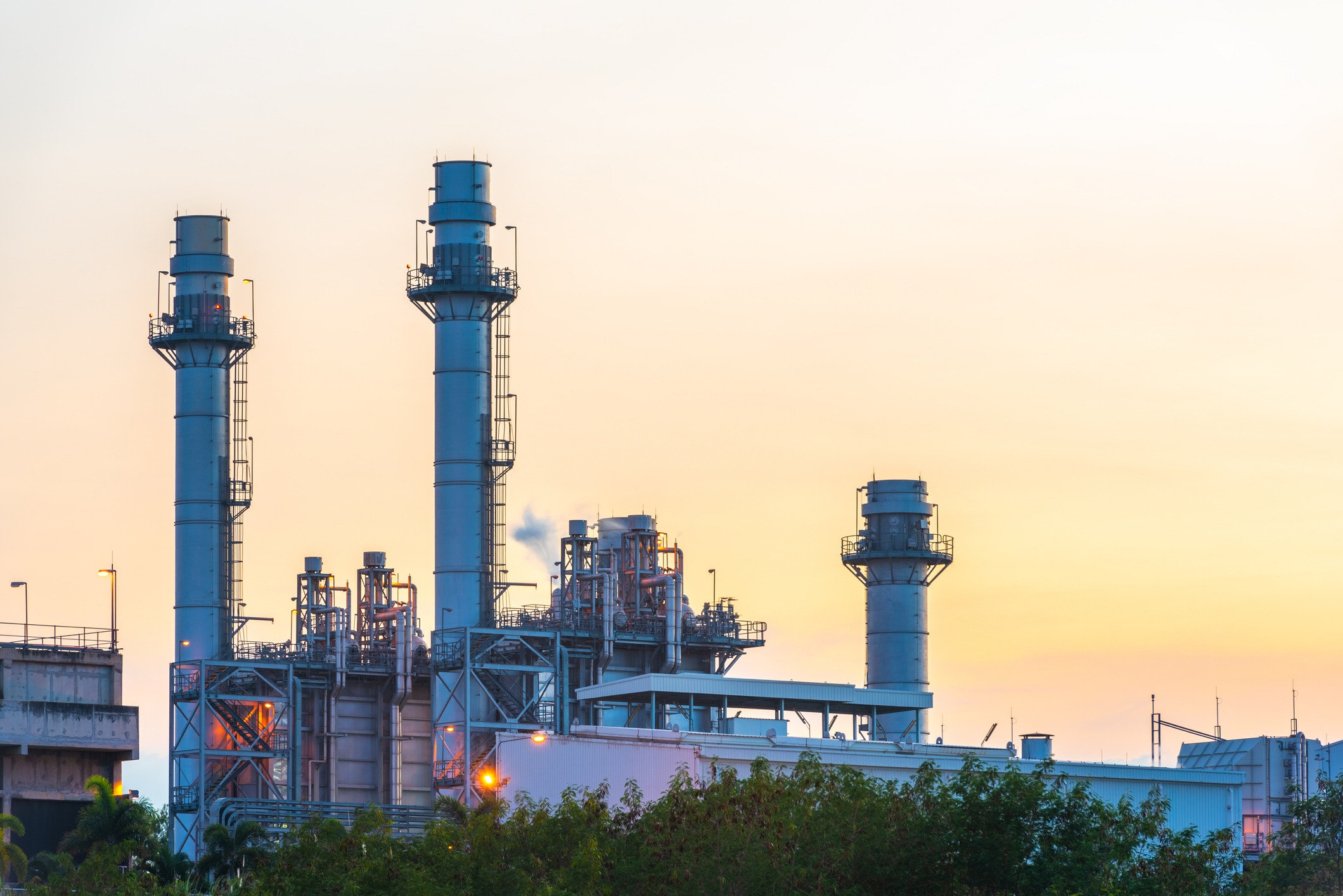 How to tap into AI energy stocks
How to tap into AI energy stocksOne certainty about generative AI is that it is hugely energy-intensive. Companies providing that power look set to capture the benefits.
-
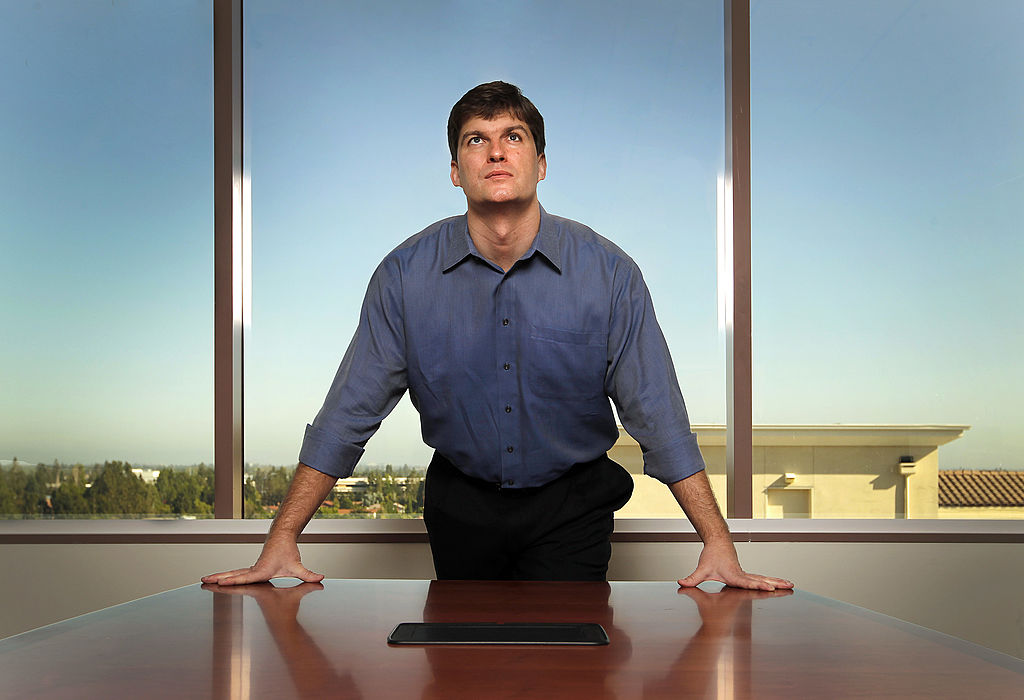 Big Short investor Michael Burry closes hedge fund Scion Capital
Big Short investor Michael Burry closes hedge fund Scion CapitalProfile Michael Burry rightly bet against the US mortgage market before the 2008 crisis. Now he is worried about the AI boom
-
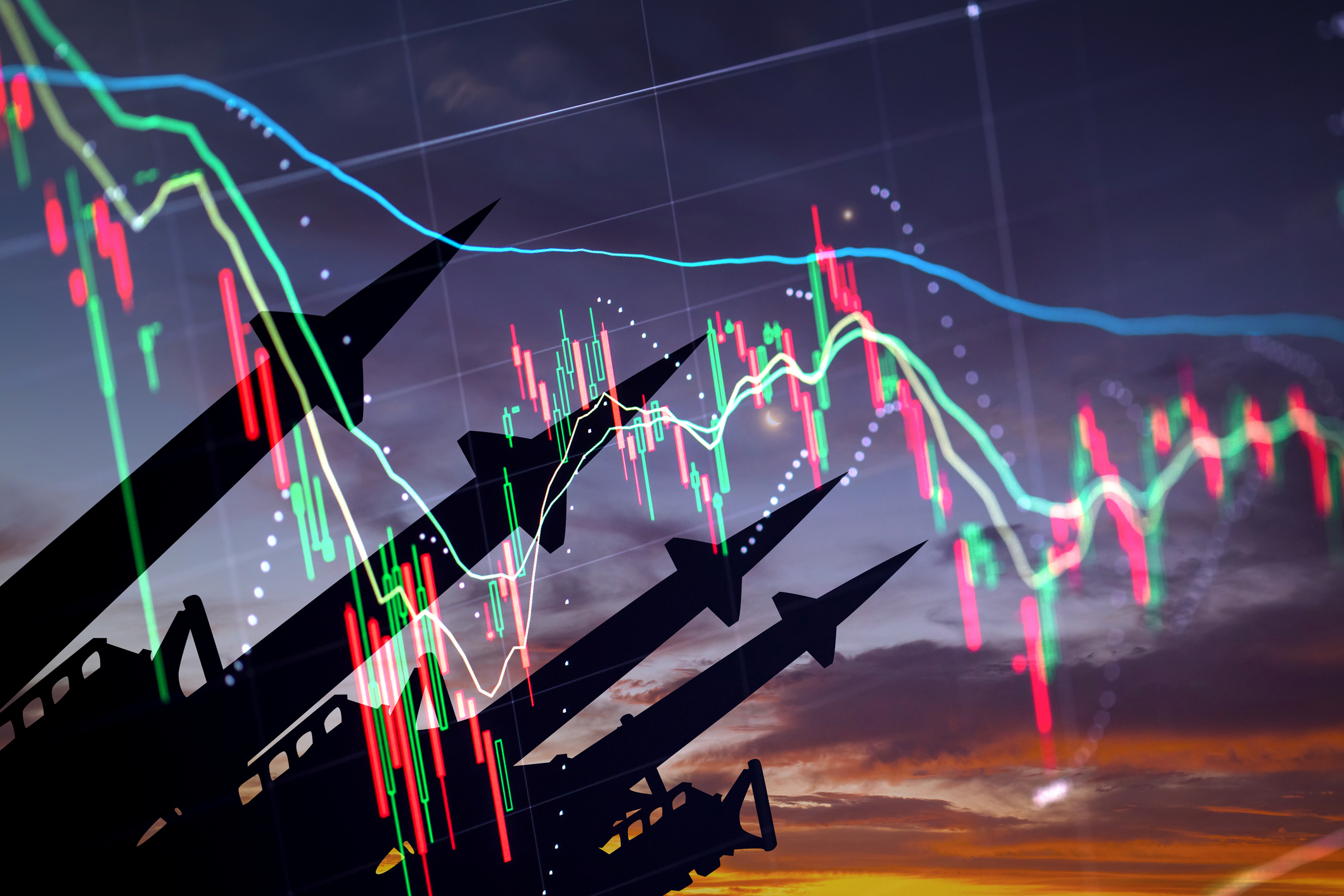 The global defence boom has moved beyond Europe – here’s how to profit
The global defence boom has moved beyond Europe – here’s how to profitOpinion Tom Bailey, head of research for the Future of Defence Indo-Pac ex-China UCITS ETF, picks three defence stocks where he'd put his money
-
 Profit from a return to the office with Workspace
Profit from a return to the office with WorkspaceWorkspace is an unloved play on the real estate investment trust sector as demand for flexible office space rises
-
 New frontiers: the future of cybersecurity and how to invest
New frontiers: the future of cybersecurity and how to investMatthew Partridge reviews the key trends in the cybersecurity sector and how to profit
-
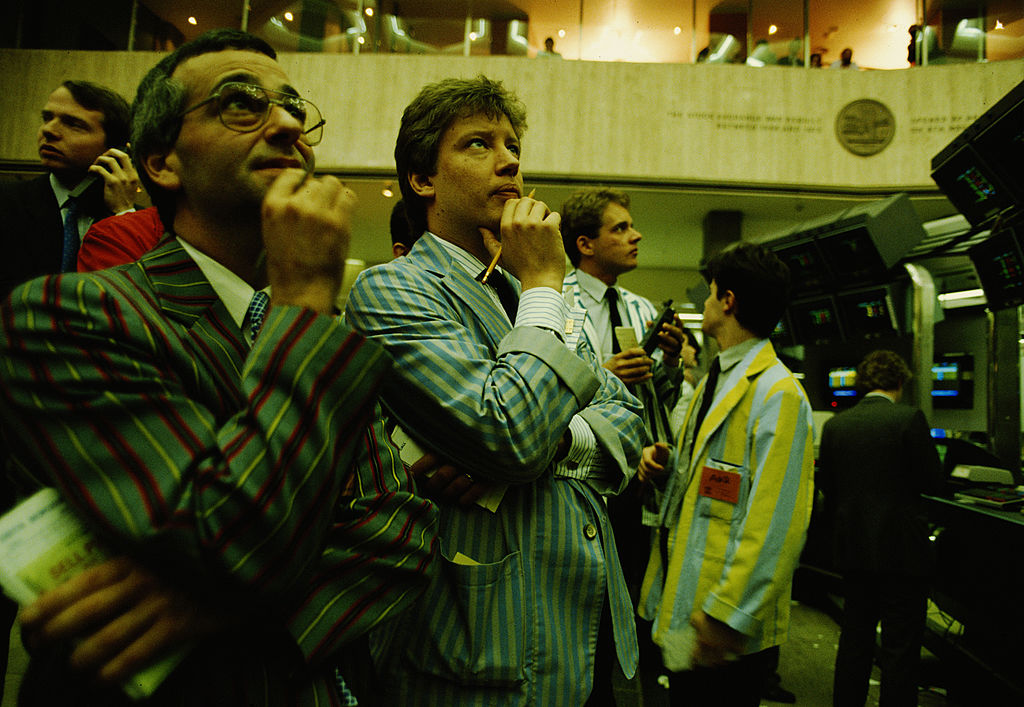 An “existential crisis” for investment trusts? We’ve heard it all before in the 70s
An “existential crisis” for investment trusts? We’ve heard it all before in the 70sOpinion Those fearing for the future of investment trusts should remember what happened 50 years ago, says Max King
-
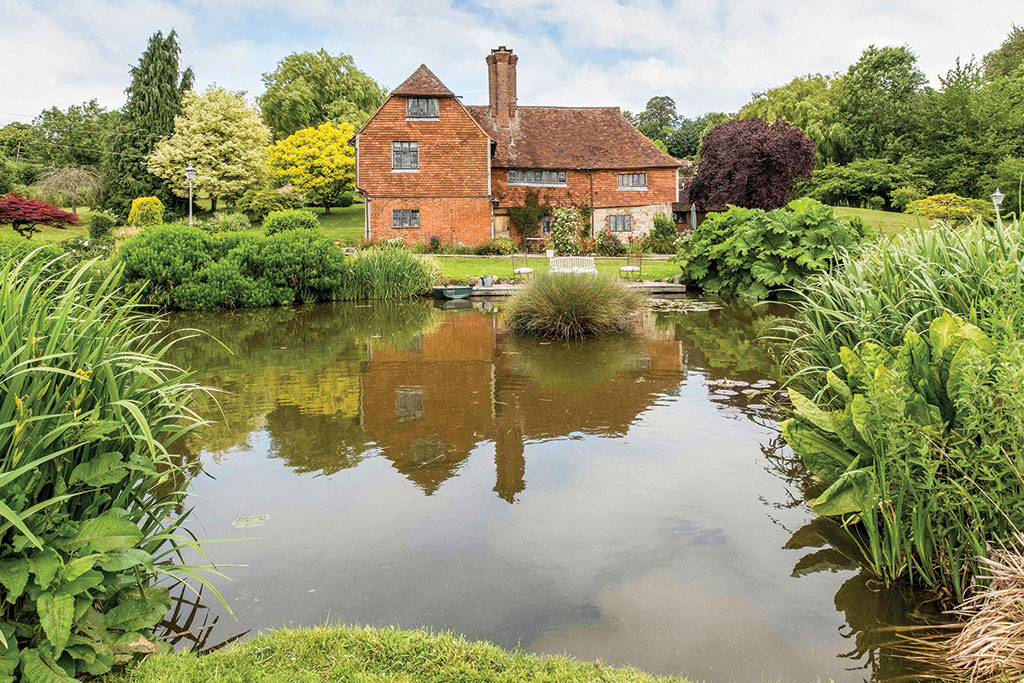 8 of the best properties for sale with wildlife ponds
8 of the best properties for sale with wildlife pondsThe best properties for sale with wildlife ponds – from a 16th-century house in the Ashdown Forest, to a property on Pembrokeshire’s Preseli Hills
-
 Why a copper crunch is looming
Why a copper crunch is loomingMiners are not investing in new copper supply despite rising demand from electrification of the economy, says Cris Sholto Heaton
-
 Where to look for Christmas gifts for collectors
Where to look for Christmas gifts for collectors“Buy now” marketplaces are rich hunting grounds when it comes to buying Christmas gifts for collectors, says Chris Carter